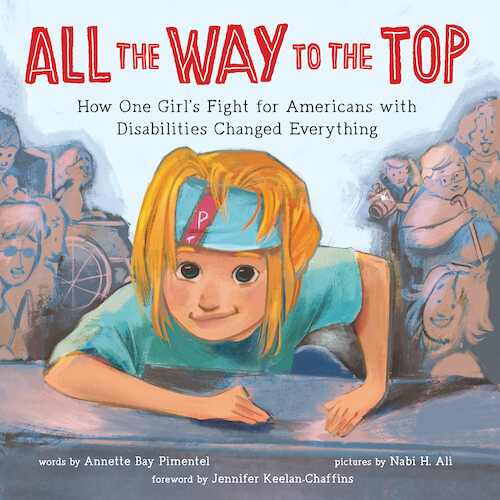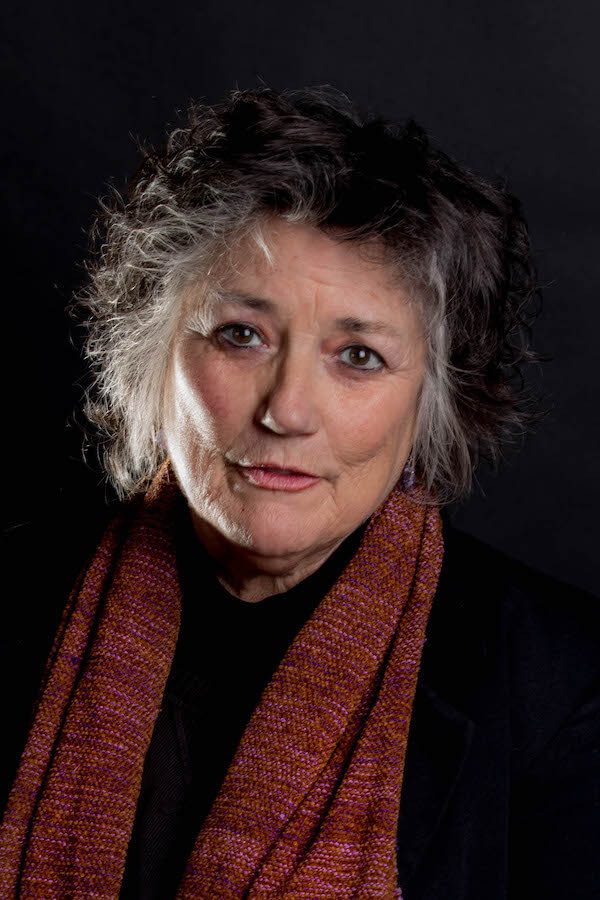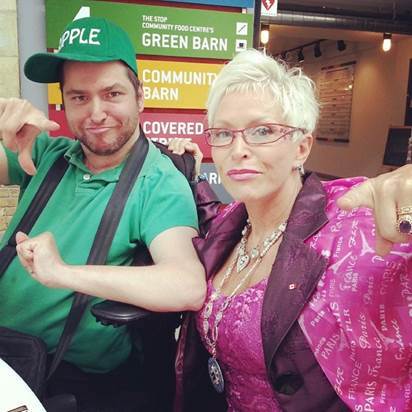By Christi Furnas
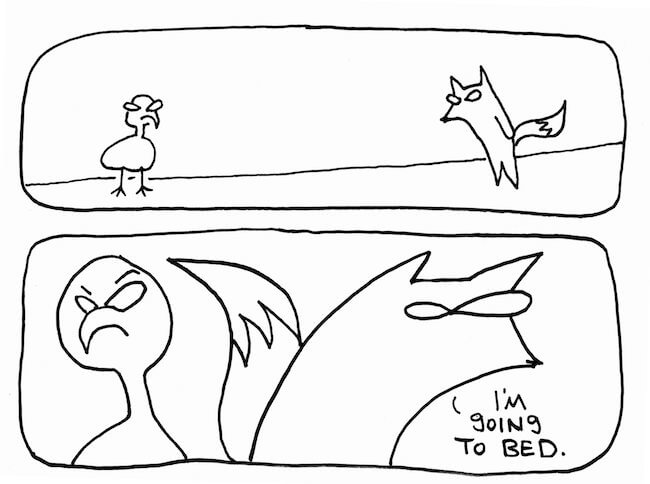 I’m an artist living with schizophrenia. I’ve been open about my illness since it began. I’ve painted my hallucinations, spoken on panels and with the press. Since I gravitate to drawing my experiences, the progression to creating a graphic novel felt natural to me. Still, for many writers with disabilities, the process of adding illustrations to prose could feel like a daunting task. While putting a graphic novel together takes time and dedication, with a little planning, it can be done. Here are a few tips to consider if you are contemplating this form of storytelling. Continue reading “8 Tips to Writing a Disability Graphic Novel”
I’m an artist living with schizophrenia. I’ve been open about my illness since it began. I’ve painted my hallucinations, spoken on panels and with the press. Since I gravitate to drawing my experiences, the progression to creating a graphic novel felt natural to me. Still, for many writers with disabilities, the process of adding illustrations to prose could feel like a daunting task. While putting a graphic novel together takes time and dedication, with a little planning, it can be done. Here are a few tips to consider if you are contemplating this form of storytelling. Continue reading “8 Tips to Writing a Disability Graphic Novel”
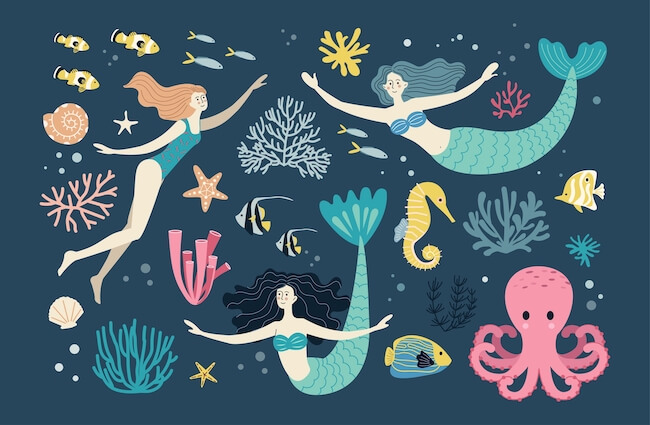

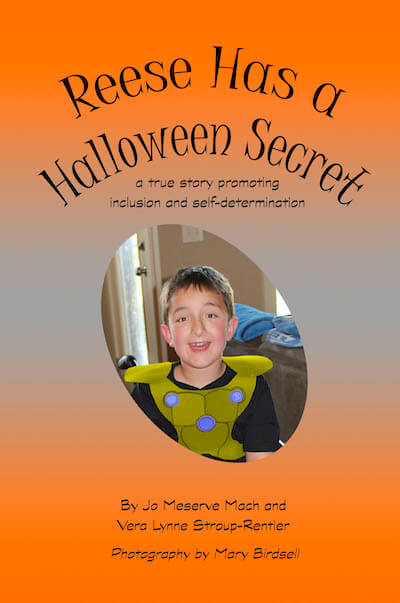
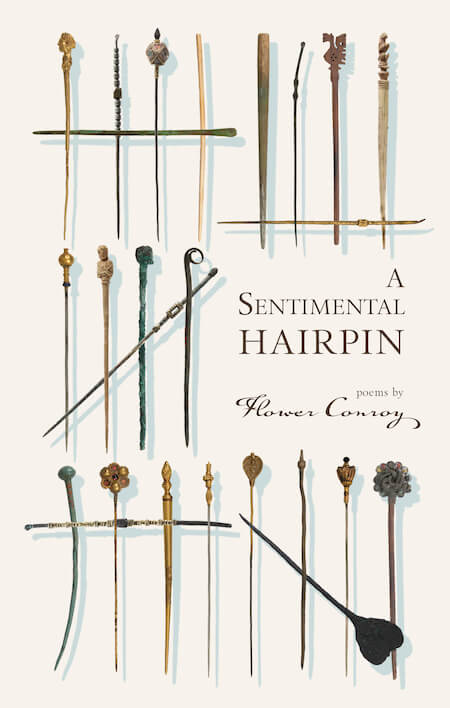
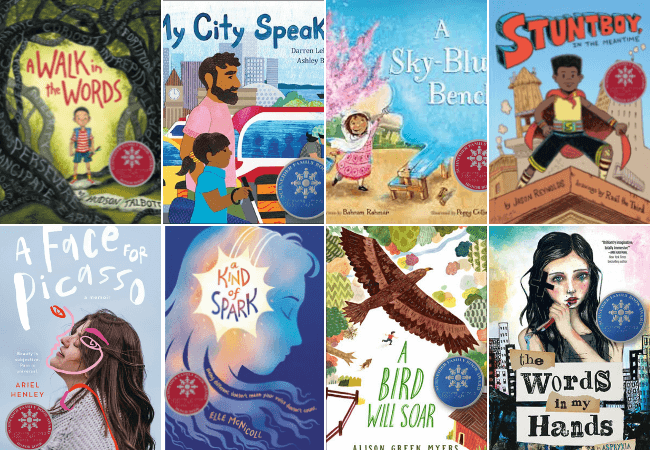
 I’m an artist living with schizophrenia. I’ve been open about my illness since it began. I’ve painted my hallucinations, spoken on panels and with the press. Since I gravitate to drawing my experiences, the progression to creating a graphic novel felt natural to me. Still, for many writers with disabilities, the process of adding illustrations to prose could feel like a daunting task. While putting a graphic novel together takes time and dedication, with a little planning, it can be done. Here are a few tips to consider if you are contemplating this form of storytelling.
I’m an artist living with schizophrenia. I’ve been open about my illness since it began. I’ve painted my hallucinations, spoken on panels and with the press. Since I gravitate to drawing my experiences, the progression to creating a graphic novel felt natural to me. Still, for many writers with disabilities, the process of adding illustrations to prose could feel like a daunting task. While putting a graphic novel together takes time and dedication, with a little planning, it can be done. Here are a few tips to consider if you are contemplating this form of storytelling. 